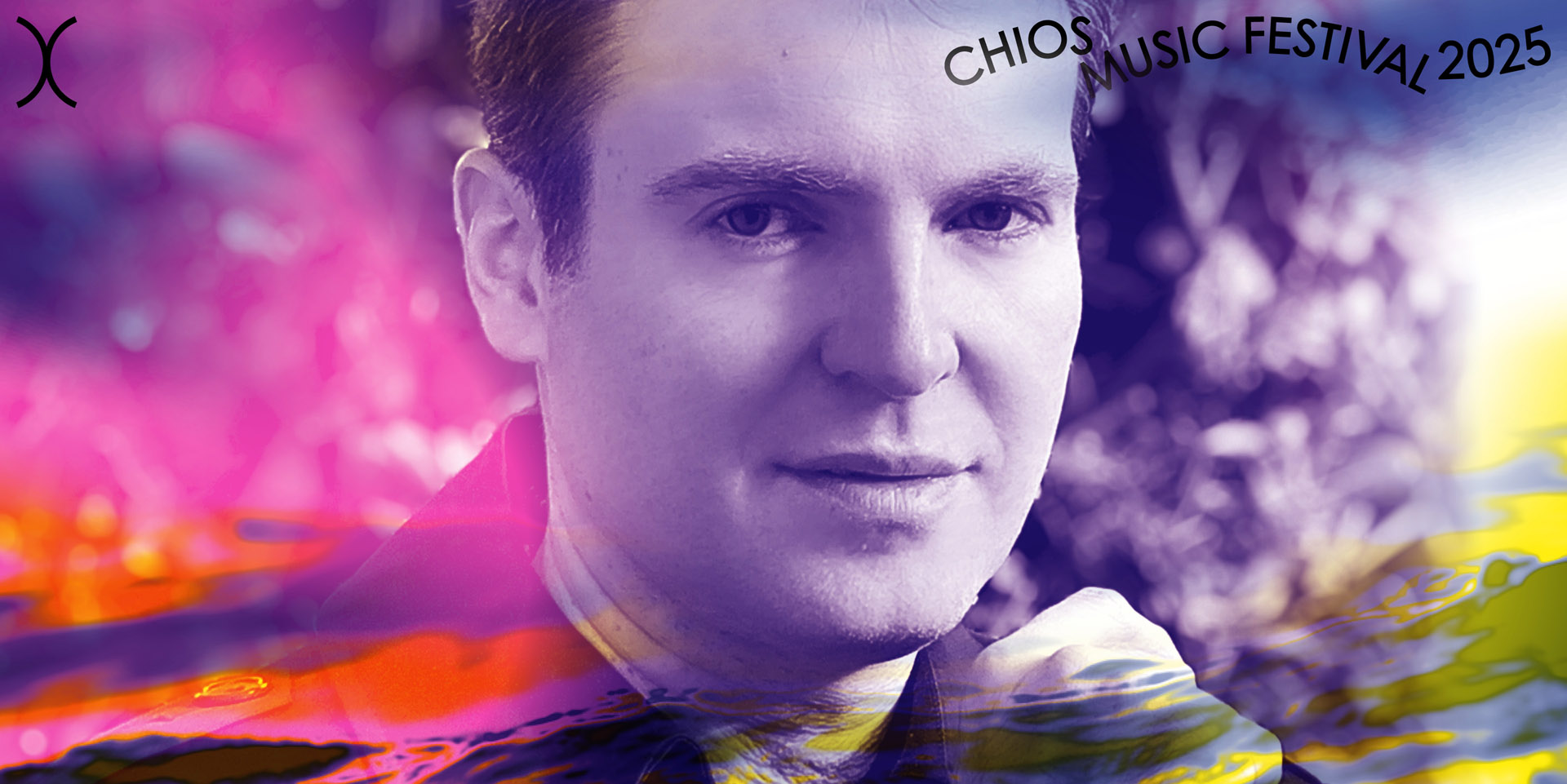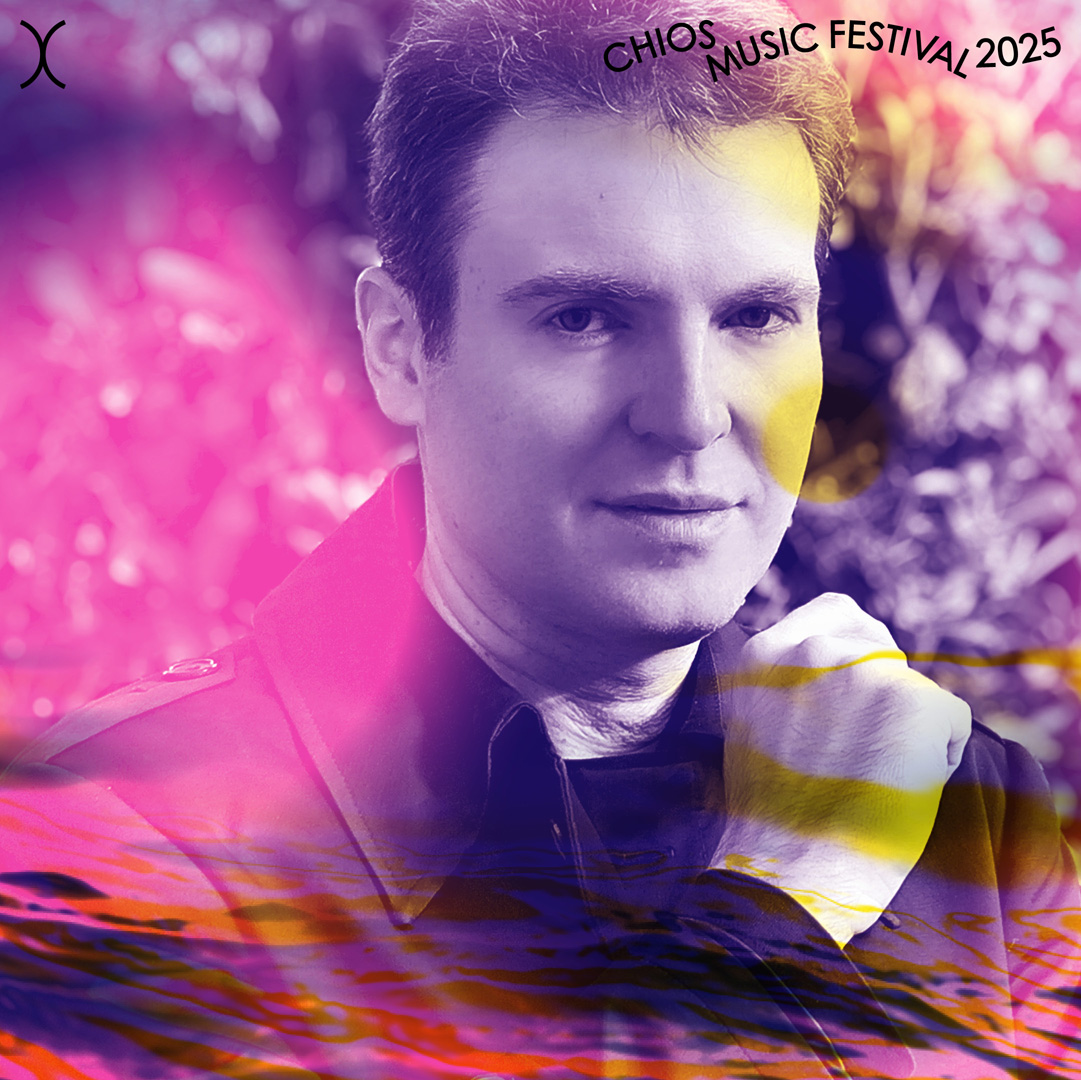

APOSTOLOS PALIOS – FOR THE LEFT HAND
MUSICOLOGICAL NOTE
Johannes Brahms (1833-1897)
Chaccone, from Partita No. 2 in D minor (Johann Sebastian Bach), arrangement for piano, left hand
C. Saint Saëns (1835-1921)
Elegy, Etude No. 5 (from 6 etudes for the left hand), Op. 135
Béla Bartók (1881-1945)
Etude
Frank Bridge (1879-1941)
3 improvisations (for the left hand)
1) At Dawn: Poco Adagio
3) A Revel: Allegro
Jozef Hofmann (1876-1957)
Etude (for the left hand alone), Op. 32
Alexander Scriabin (1872-1915)
Prelude and Nocturne (for the left hand), Op. 9
Felix Blumenfeld (1863-1931)
Etude (for the left hand alone), Op. 36
Leopold Godowsky (1870-1938)
Elegy (for the left hand alone)
Leopold Godowsky (1870-1938)
Etude (for the left hand) to the revolutionary Etude of Chopin
Johannes Brahms (1833-1897)
Chaccone, from Partita No. 2 in D minor (Johann Sebastian Bach), arrangement for piano, left hand
J. S. Bach’s legendary “Chaconne” in D minor for solo violin became a favourite of pianists after Brahms’s virtuoso and elaborate 1879 arrangement, written specifically for the left hand only. Brahms himself declared: “I admire how a single piece of music can offer a whole world of the deepest thoughts and strongest feelings…”. The composer chose the arrangement for the left hand of the piano in order to better capture the spirit and astonishing spareness of Bach’s original work and to simulate the technical difficulty of the violinist’s interpretation of the monumental 18th-century work.
C. Saint Saëns (1835-1921)
Elegy, Etude No. 5
Saint Saëns, a French composer of the Romantic period and a pianist himself, composed and published in 1912 six virtuoso etudes for the left hand only. In his mature composition course he chose to write six etudes in the structure of a baroque dance suite. He is known for his appreciation of the French Baroque composers François Couperin and Jean-Philippe Rameau. The 5th etude, also known as “Elegy”, is of course the only one that does not directly refer to a dance and is constantly permeated by an inner tension. The weaving of this etude, however, like the rest of the etudes of the work, imitates the two-handed version, although it is performed with the left hand only.
Béla Bartók (1881-1945)
Etude
Béla Bartók, an important Hungarian composer of the 20th century, had studied the traditional music of various peoples. In his early creative period of the late Romantic idiom, in 1903, he wrote the virtuoso etude, his only work for the left hand of the piano. It is the first and longest of the four piano pieces written in 1903. The initial melodic theme refers to Liszt, while the whole etude is imbued with a sense of improvisation, but with a focus, both morphologically and interpretatively, on the difficult and continuous octaves.
Frank Bridge (1879-1941)
3 improvisations (for the left hand)
The British composer Frank Bridge, teacher of the famous Benjamin Britten, wrote the three improvisations for the left hand in 1918, dedicating them to his friend and pianist Douglas Fox, whose right hand had been amputated in 1917 during the First World War. They are masterful examples of the composer’s rich piano literature. In “At Dawn” we see his influence of Berg, in “A Revel” his influence of Brahms.
Jozef Hofmann (1876-1957)
Etude (for the left hand alone), Op. 32
Polish composer Jozef Hofmann, a brilliant pianist and students of the legendary Anton Rubinstein, left a huge legacy in the world of piano literature. The style of this etude for the left hand, like many of Hofmann’s works, is closer to the Romantic period. It is believed that he wrote this work to improve the technique of the left hand of a performing pianist.
Alexander Scriabin (1872-1915)
Prelude and Nocturne (for the left hand), Op. 9
The Russian composer and pianist Alexander Scriabin created new sounds that broke away from conventional classical concepts. Two injuries at a young age forced him to practice the piano with his left hand only. At the age of 20, after intense piano study, he developed severe tendinitis in his right arm. It took him two years to fully recover, during which time he composed the “Prelude and Nocturne for the left hand”, which quickly became very popular throughout the world. In the “Prelude”, we hear influences from Chopin, while in the “Nocturne”, we hear influences from the composer’s friend Rachmaninov.
Felix Blumenfeld (1863-1931)
Etude (for the left hand alone), Op. 36
The Ukrainian composer and pianist Felix Blumenfeld wrote the etude (for the left hand alone) in 1905. With obvious Chopin influences in his piano compositions, we can see in this work how much virtuosity is required of the performer. A continuous melodic line, sometimes visible and sometimes as an inner voice, conveys to the listener a hopeful message. At the beginning of the piece, he gently introduces the melody with a simple accompanying line. But then the action of the melody and the harmonic accompaniment become so intense that one wonders how it is possible for the performer’s right hand not to be involved.
Leopold Godowsky (1870-1938)
Elegy (for the left hand alone)
The Polish-American composer Leopold Godowsky, a famous pianist and educator, wrote in 1929 in Paris the stirring “Elegy” for the left hand of the piano. The general style of his compositions is deeply rooted in the principles of late Romanticism. In this particular piece, the dominant melody is in constant conversation with several inner voices that the performer has to bring out. The title forewarns of the inwardness of the emotions that are to emerge, while some believe that “Elegy” also serves as an instinctive precursor to the problems that are to roil Godowsky’s life in the years to come.
Leopold Godowsky (1870-1938)
Etude (for the left hand) to the revolutionary Etude of Chopin
Undoubtedly, Leopold Godowsky’s most popular works are the 53 etudes on Chopin’s etudes, written between 1894 and 1914. In them, Godowsky transforms Chopin’s already difficult original etudes into more complex and deeper approaches to the details of the instrument’s sound. They have been described as “the most amazingly difficult things ever written for piano”. Morphologically, however, most of them correspond to the ternary form of his compatriot’s etudes. However, Godowsky’s harmonious language and the diversity of his emotional world are clearly carried away in his own etudes. The one hand etude in Chopin’s revolutionary etude is incredibly difficult to perform, especially in the middle section where there are octaves with long leaps in between, making it one of the most difficult works in the world’s piano repertoire to this day.